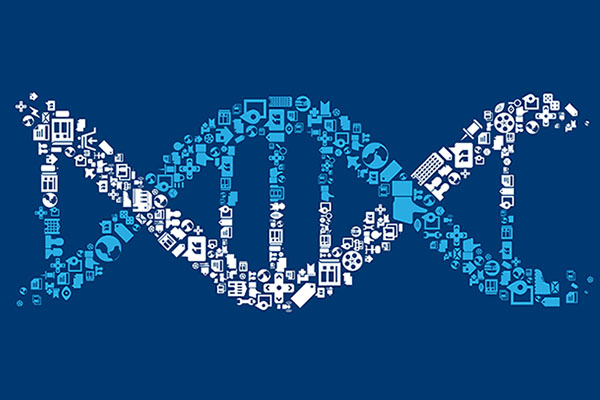Connecting the Dots: The Social Life of Genes
 isbscience.org/news/2013/09/21/connecting-the-dots-the-social-life-of-genes/
isbscience.org/news/2013/09/21/connecting-the-dots-the-social-life-of-genes/
WHAT YOU SAW IN THE NEWS:
Pacific Standard Magazine published the following cover story in September 2013:
The Social Life of Genes
“Your DNA is not a blueprint. Day by day, week by week, your genes are in a conversation with your surroundings. Your neighbors, your family, your feelings of loneliness: They don’t just get under your skin, they get into the control rooms of your cells. Inside the new social science of genetics.”
David Dobbs, the author of the piece, starts by describing the work of Gene Robinson, who is a professor at the University of Illinois at Urbana-Champaign’s Department of Entomology. Robinson studied bees and found that environment played a big role in gene expression.
ISB’S CONNECTION:
Dr. Nathan Price’s lab at ISB has worked with Gene Robinson’s group to reconstruct a honeybee transcriptional regulatory network. That is to say that the Price lab has helped to identify the network of genes that regulate other genes. (Price is the associate director of ISB and a faculty member.)
Here’s a description from the Price Lab web site of the work:
This was a collaborative project between our lab and Dr. Gene Robinson’s behavioral neuroscience lab and involves the application of systems approaches to predict the effect of a dynamic process like behavior on gene expression.
Using a brain transcriptome data set (generated in Dr. Robinson’s lab) unparalleled in size and scope (over 800 individual honeybees sampled in almost 50 behavioral states) we succeeded in reconstructing a Transcriptional Regulatory Network (TRN) that showed remarkably high accuracy in quantitatively predicting brain gene expression. This TRN encompasses thousands of genes and we found specific transcription factors that are central actors in regulating behavior.
…Our results show that despite the daunting anatomical and physiological complexity of the brain, simple linear connections between transcription factors and their putative target genes are a surprisingly prominent feature of brain neurogenomic states that underlie naturally occurring behavior.
READ “THE SOCIAL LIFE OF GENES” HERE






